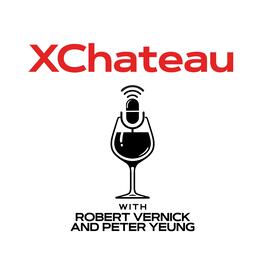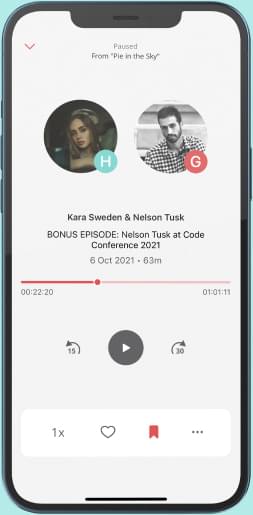
Accelerating Wine Sales w/ Chemistry & AI w/ Kat Axelsson & Charles Slocum, Tastry
Having “taught a computer how to taste” and using that data to help winemakers improve their processes, Tastry has turned to leveraging AI and their consumer preferences and wine chemistry databases to help wineries sell wine. Katerina Axelsson, CEO, and Charles Slocum, Chief Business Officer, discuss Tastry’s Sales Accelerator Ecosystem, which includes the Wine & Consumer Insights Report, which gives wineries, distributors, and retailers tools to help them sell more wine. Tastry has provided an example report for listeners. Detailed Show Notes: Tastry overview - see Ep 157 for a deeper diveTagline - “taught a computer how to taste”It has two unique data sets - wine chemistry, US consumer taste preferencesHelps improve winemaking, predict and react to changing consumer preferencesWorks with wineries, retailers, and distributors Tastry commercialization history1st 2 years - establish trust with winemakersLast year - focus on helping sell wines Sales Accelerator EcosystemTakes data from 3 areas (winery input metadata, wine chemistry, Tasty validated wine market data) to feed accelerator (AI system)Consists of Wine & Consumer Insights (“WCI”) report, Sales Accelerator platform app, & integrations into other platforms (e.g., e-RNDC)Has AI search and chat functionalitySalespeople use data to sell to on/off-premise accountsSometimes, consumer-facing in-retailer displays WCI - 2-page report to help sell winesUsed to train salespeople, it can be a leave-behindP1 - for the category buyer; P2 - for servers, staff to educate them WCI Components: Top left - bottle shot, label zoom in (helps for retention); name of wine; varietal; appellation; price (what it is actually sold for in the market); wine category (AI curates category to be highest scoring on Tastry score) Category Score - 200 point scale, 100 is average for the categoryNot a critic score>100 is better than the average, <100 less than average in terms of expected performance in its category against the Tastry consumer preference database (e.g., Cupcake Pinot Gris got a 181 score)Percentile rank - e.g., 129 = performs 29% above avg10,000s wines in database out of ~160k wines in the USNever <15 wines in a categoryCreating a new WCI for more rare and unique winesLower priced wines, terroir matters less; higher prices matter more Tastry Notes - AI-generated tasting notes, breaks into average and more experienced drinkers Segmented Consumer Appeal - insights into buyers of wine; if there’s at least an 85% match (roughly equates to Vivino’s 3.9-4.0 score or 88-90 critic score), consumers tend to notice they like the wine and will buy it again Flavor profile (p1) - e.g., fruitiness, oakiness, sweetness P2 - flavor profile (major flavors), retail talking points, food pairings - used as a training tool to help people sell wine Launching a new page for marketing teams to update data Retailer recommender - has shown +3-12% sales in 90 days Tastry Pricing - $1,580/year subscription, $370/wine analyzed How Tastry can help in the current macro environmentCreating low / no alcohol winesMarketing tools (Sales Accelerator) - addressing younger audiences (e.g., pairings with kale salad and frozen pizza rolls) Get access to library episodes Hosted on Acast. See acast.com/privacy for more information.
From "XChateau Wine Podcast"


Comments
Add comment Feedback